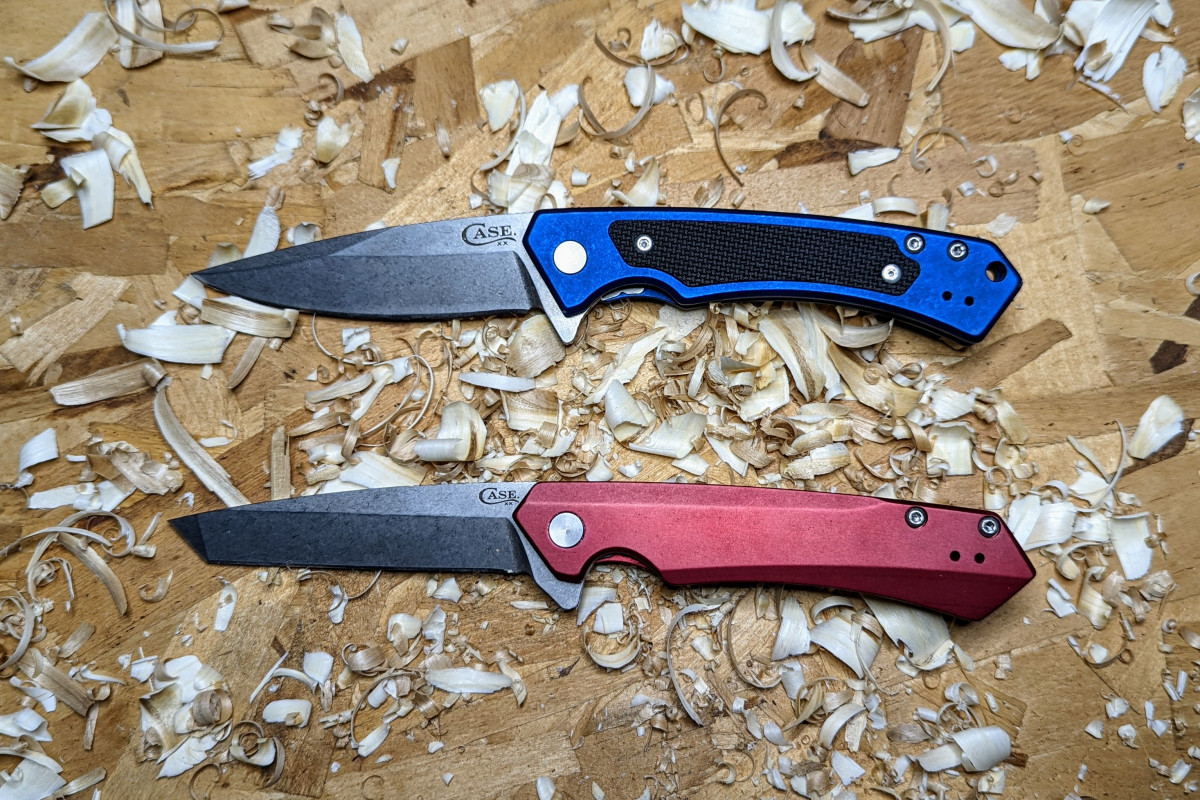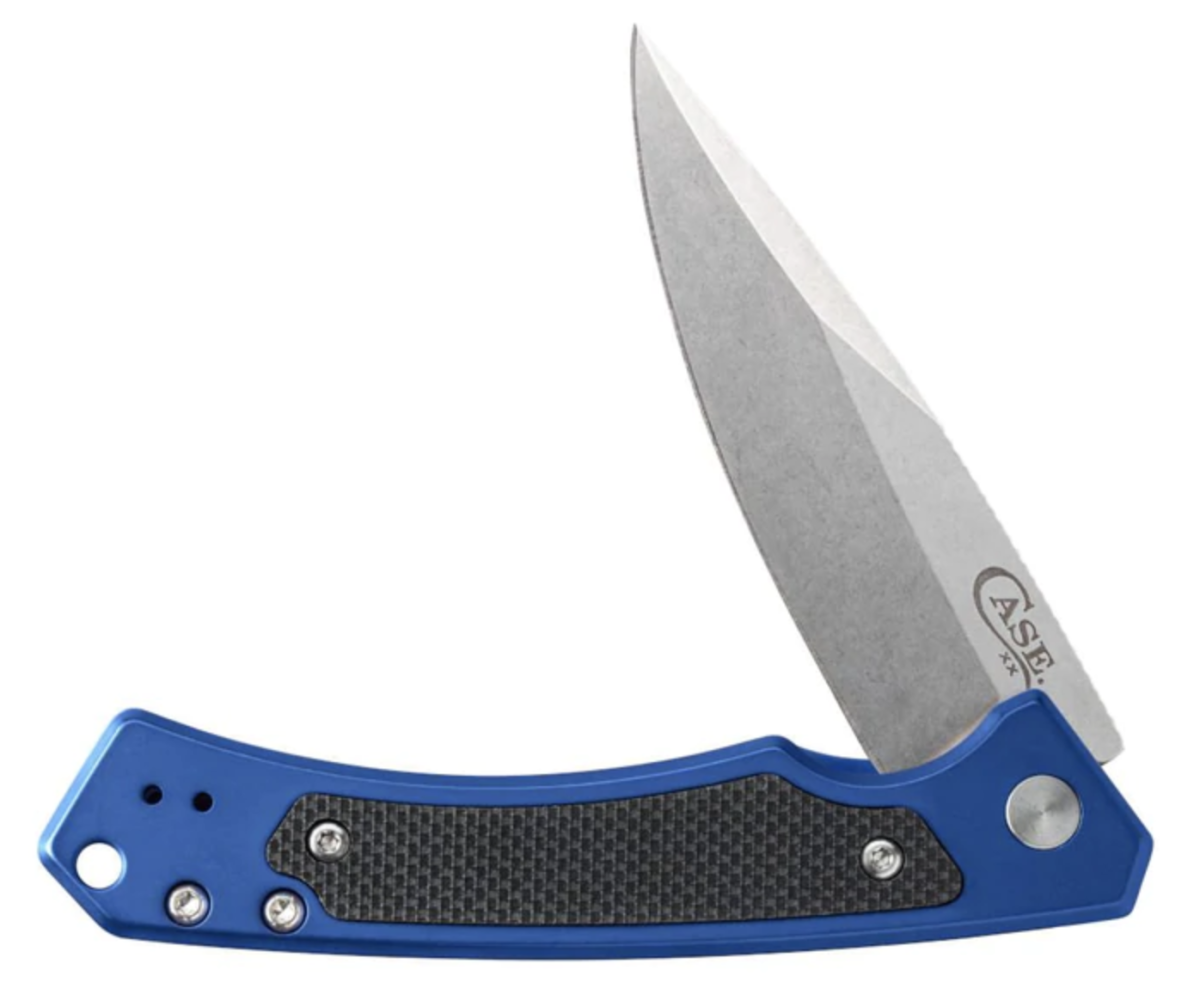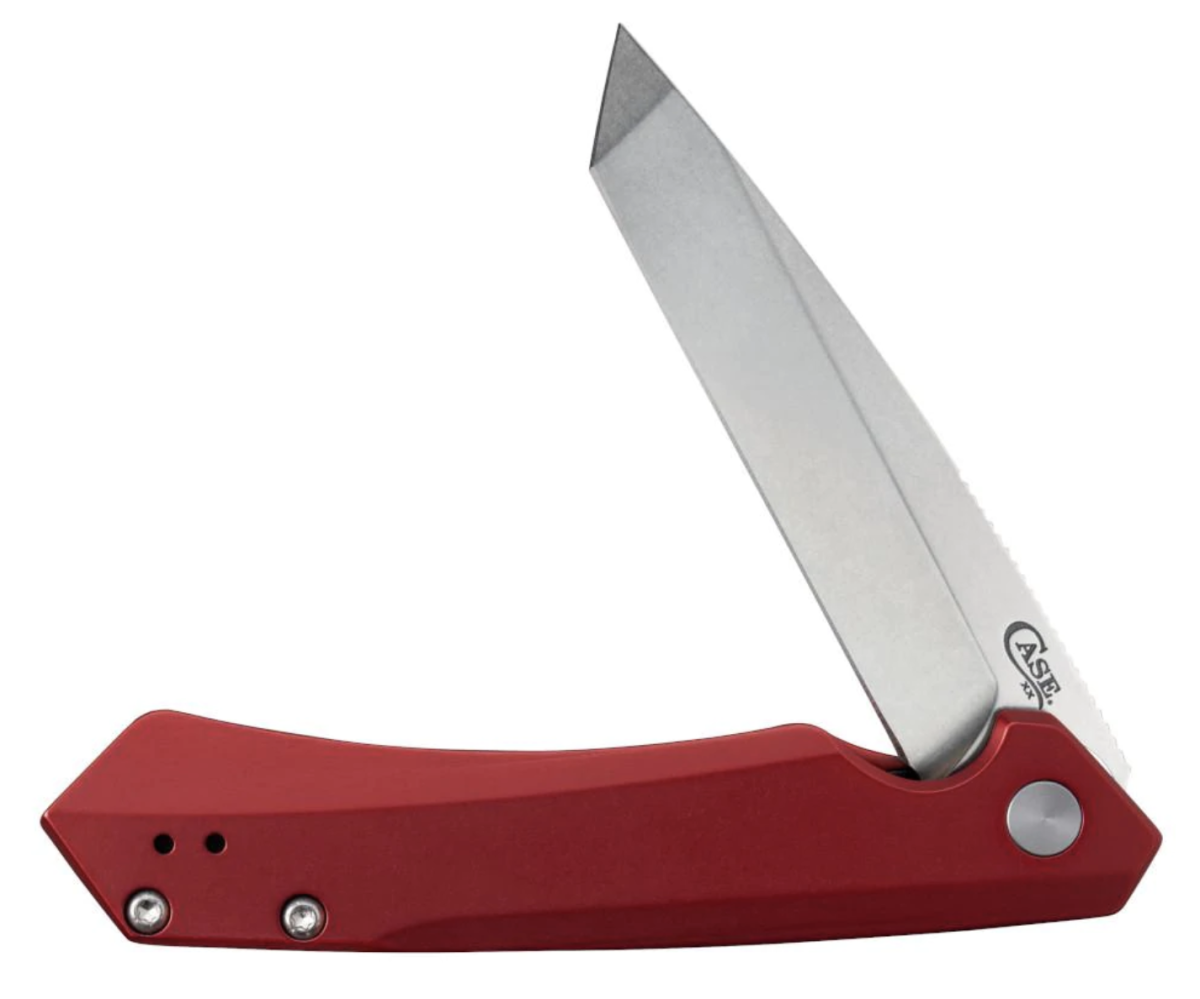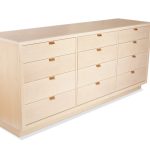We may receive a commission when you use our affiliate links. However, this does not impact our recommendations.

Marilla (top) and Kinzua
The new Marilla and Kinzua are great EDC knives for woodworkers.
Tool: Marilla Shop Now and Kinzua Shop Now
Manufacturer: Case Knives
MSRP:$164.99 (Marilla) & $139.99 (Kinzua)
No tool in my shop gets more usage than my everyday carry (EDC) knife. I use it for opening packages, whittling, as a screwdriver, and prying tool, among other uses. There’s also no tool in my shop that takes more abuse (see: screwdriving, prying). I’ve cycled through a series of cheap knives of various styles, over the years until I finally settled on a Gerber Suspension a while back, but I’ve found myself carrying it less and less over time as it’s just a bit too bulky.
Enter the new Case Modern EDC series. Case has been making knives since 1889, and their product lines reflect that heritage with high-quality knives featuring traditional designs. A bit too traditional for my personal tastes, which is why the new Modern series was such a pleasant surprise. I’ve been using the Marilla since last November, and the Kinzua for a few weeks now, and they have an absolute lock on my EDC needs.
Both knives feature S35VN steel blades and are 4.75 in when closed. This puts them a bit on the longer side for an EDC, but they make up for it by being very lightweight- the Marilla is 3.6oz and the Kinzua 3.4oz. The S35VN steel is fairly tough as well as corrosion-resistant. It’s a bit harder to sharpen than a softer steel, but keeps its edge for a very long time. They also both have aluminum handles, but the locking mechanism is made of steel, to reduce wear long-term.

The Marilla features a locking drop point blade and a textured inlay.

The Kinzua has a locking tanto blade and smooth handle.
The key difference between the two knives is the shape of the blade. The Marilla has a drop point blade that tapers from the halfway point on. The Kinzua has a tanto blade that is nearly the same thickness throughout, only starting to taper when reaching the angled portion at the tip. From a practical standpoint, it means the Marilla is great for detail work and carving tasks, and the Kinzua is a more robust blade overall.
Tanto knives have a bit of a bum rap in some circles for being less well-rounded than other blade shapes. From a woodworking standpoint though, I find that I enjoy having two different sharp corners to cut with, and the thicker blade means I don’t feel bad using it for rough tasks I might otherwise grab a disposable utility knife for.

The thing that has continually impressed me with these knives is how well made they are. The opening mechanism is satisfying, the blades are sharp right from the factory, and they’re rock-solid when locked into place. The Marilla has been sharing a pocket with my car keys for the better part of four months now and looks none the worse for wear.
So which one do I like more? If I’m planning on spending the afternoon in the shop, I’m grabbing the Kinzua. The blade shape really comes into its element in a woodworking setting. But as an EDC? I’ll take the Marilla. Maybe it’s the fact that I’ve been living with it for a while now, but there’s no denying that a classic drop point knife is an incredibly well-rounded tool that has tons of uses. Whichever your personal preference is though, you can’t go wrong with either one.
Here are some supplies and tools we find essential in our everyday work around the shop. We may receive a commission from sales referred by our links; however, we have carefully selected these products for their usefulness and quality.









